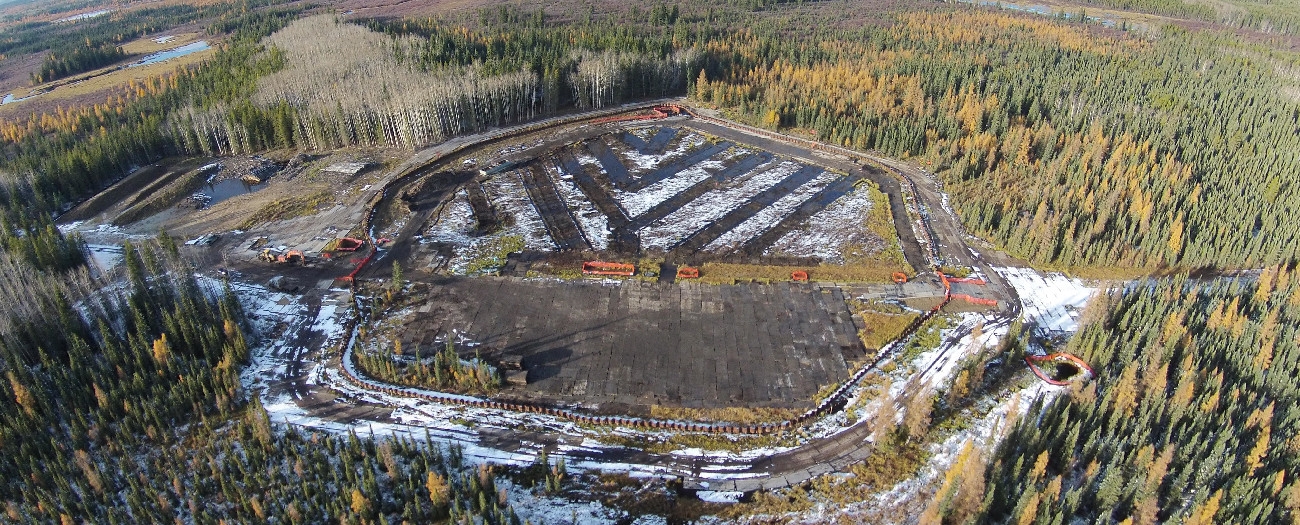Not so scary: bacteria can be a natural solution for cleaning oil spills
Alberta - October 29, 2018Bacteria can seem like scary stuff. Most people associate it with something that makes you sick, but there are many types of good bacteria out there, such as probiotics that can improve gut health.
Similarly, certain types of bacteria can be used to help return environments back to a healthy state after an oil spill.
Called “bioremediation” by scientists, the practice of using bacteria to assist in the cleanup after oil spills has been going on for over 20 years. “Adding hydrocarbon-adapted bacteria to degrade the hydrocarbons is kind of like giving nature a head start,” says Catherine Evans, a risk assessment specialist with the Alberta Energy Regulator.
That said, bioremediation isn’t as simple as releasing the bacteria to clean up as you would your Roomba.
“This is a tool that we allow industry to use; it’s a case of using all the tools you have available in the appropriate way,” Evans says. “The goal is the same. As long as you have control over your release and have isolated it, you can afford to be fairly creative with how you do the remediation.”
Trying a Greener Option
With companies continuously looking for more environmentally friendly options, Murphy Oil Corporation (Murphy) tested a number of “bioaugmentation” products (products that help the hydrocarbon-eating bacteria do their job) in a controlled setting. It then moved its tests to the field with an on-site remediation of a 2015 condensate spill in northern Alberta muskeg that affected 37 000 cubic metres of soil.
Murphy’s ultimate goal was to preserve as much of the soil as possible and avoid the traditional “dig-and-dump” method, which removes the soil from the area and dumps it in a secure landfill.
“At the end of the day, you are just moving your problem to another site that is more contained,” says Stephanie Neilson, manager of Environment & Stakeholder Engagement with Murphy. She notes that having trucks operate in this remote area to remove soil also poses more risks to the environment, such as land damage, rollovers on slippery roads, and wildlife encounters.
Gary Winthrop of Matrix Solutions Inc., a contractor for Murphy, says the company was initially skeptical of the bioaugmentation products before the testing.
“With the magnitude of this issue, the amount of soil that needed to be treated, and the remoteness of the site, we wanted to see if any of these off-the-shelf bioaugmentation products would further enhance the cleanup effort compared to traditional methods.”
Finding the Right Conditions
They tested over 50 samples of soil, bacteria products, and fertilizers in a controlled environment to ultimately figure out what would be the best conditions for the bacteria to break down the hydrocarbons at the spill site.
The results? The company learned how much of the soil it would be able to treat and save from going to the landfill. As it turns out, there was enough of the hydrocarbon-eating bacteria naturally in the soil, and they just needed the right conditions and added nutrients to help existing bacteria thrive.
By providing the right amount of care and control, the natural bacteria have increased in number substantially, bringing the site one step closer to returning to its natural state. Murphy is now focusing on reclamation.
Bacteria is not a quick fix and not the only tool available for cleaning up a spill, but given the right conditions, the much maligned bugs can be a long-term means to help nature clean itself up.
Melanie Veriotes, Writer


